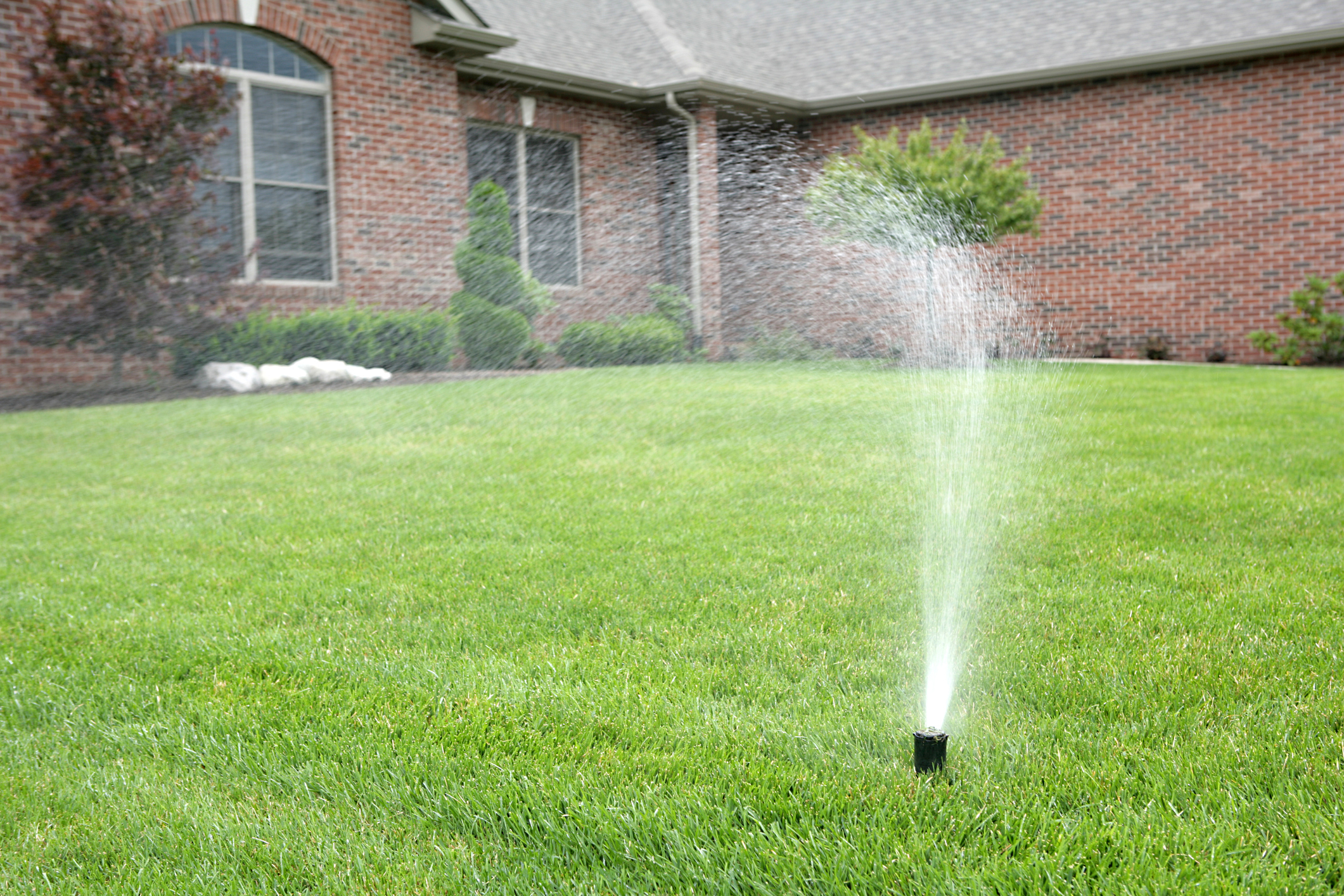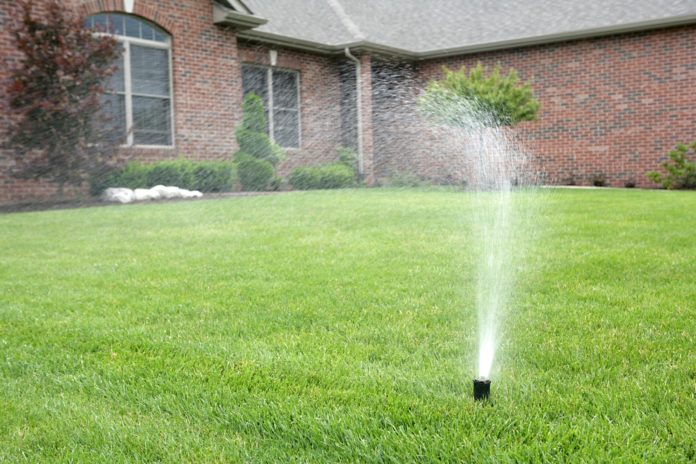While I was lost in the peaceful hum of my John Deere tractor, mowing neat lines through my lawn, I had a revelation. Or, maybe, call it an existential crisis. I, just like most other hunters, consider myself a conservationist. I write lawmakers on conservation legislation, I pick up trash from public lands and I buy hunting licenses in multiple states, happily knowing that my money is going toward wildlife habitat. However, I have a glaring contradiction in my identity as a conservationist—my own front yard.
Even though my front yard is lush and green, it’s a biological wasteland. I’ve nuked the soil killing the bacterial and fungal life as well as all other living things that aren’t tall fescue. If the impacts were localized to my slice of lawn, I wouldn’t feel so bad, but unfortunately the herbicide, pesticide, irrigation, and fertilizer I use in bulk twice a year, have far reaching effects.

Those effects hit one of my favorite outdoor playgrounds, the Chesapeake Bay. The fertilizer I apply doesn’t all make its way into the soil. A lot of it runs off and eventually finds its way into ecosystems like the bay. Nitrogen and phosphorous runoff in particular contributes to algal blooms that create dead zones in waterways. I spend a lot of time fishing the bay and it’s insane that while I’m out fishing my lawn is polluting the same water. Yes, I realize the little bit of phosphorus from my yard isn’t creating mass extinction events. But, if you consider that we have more than 40 million acres of lawn in the country, making it the largest irrigated crop in America, there’s a lot of potential for fertilizer runoff to create issues. Add in lawn mower gas consumption, exhaust fumes, and noise pollution from cutting those 40 million acres every week and you can see how the negatives start to stack up.
Not only am I contributing to water pollution, I’m also using a ton of water to keep my grass looking good when it’s a dry 90 degrees. According to the EPA, one third of residential water use goes to lawns, accounting for 9 billion gallons per day.

I’ve decided I have to change something about my lawn care practices so that I can sleep at night. Last year, I stopped trying to force grass to grow in my backyard. Not because of any moral reason, but because about half my backyard is dedicated to organic fruit and vegetable production, and I didn’t want any grass chemicals ending up in my food. Since I’ve let the clover, dandelions, and chickweed come back, that little bit of diversity has invited native honey bees and more birds. It’s also brought in insects like parasitic wasps, lady bugs, and lacewings, which are all beneficial to my garden. After seeing those benefits, I decided to create more habitat and planted out some native meadow plants, like coneflowers.
The concept that diverse habitat attracts more wildlife is familiar to all hunters and anglers. A featureless lake isn’t going to support a large population of fish and a property of all one type of tree doesn’t have the edges all wildlife enjoy. Other benefits are that I don’t have to water or fertilize the “lawn” in the back anymore and I’ve learned that weeds actually work to improve soil by mining minerals with their deep tap roots. Dandelions for example bring calcium from deep below the topsoil layer. Once they’ve done their work, they stop being prolific.
Seeing my backyard transform into a diverse, life-supporting habitat that’s also relatively carefree has me turning my eye toward the front yard, which is still growing beautiful, destructive grass. It’s hard to let go of the curb appeal, and I take a lot of pride in having a nice lawn. But, I obviously can’t carry on with what I’ve been doing. My solution is to stop irrigation, herbicide, pesticide, and chemical fertilizer use. Meanwhile I’m looking into grass alternatives like a perennial clover mix. Clover is a great compromise because it has a similar look and utility as a lawn, but it requires far fewer inputs.
It’s easy to get stuck doing what we’ve always done. Growing grass seemed like such a natural part of being an American homeowner that I never stopped and thought about its effects. Now that I have, I’m committed to making a change. As a public land hunter I spend so much of my time searching for diverse, productive land. But now it’s time to grow some of that land at home.


